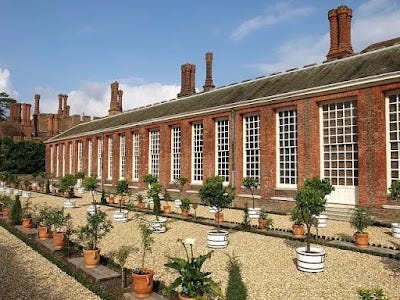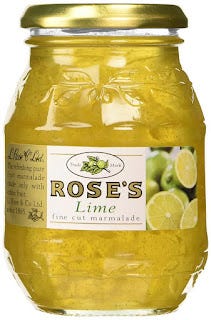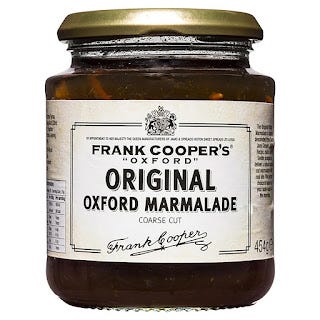On Marmalade; The Breakfasting Arts
1. No nation I've ever encountered has made as much of breakfast as have the British nations. Each of the home nations has their own specific talents and additions, from Welsh laver bread (still on my list to try) through the Scottish breakfast rolls and on to the majesty that is the Ulster fry. One of my favourite memories from visiting Belfast was a talkative and genuine taxi driver describing the Ulster fry as "pure class, that is". Taxi drivers native to the city they're driving in are such an enhancement of the visitor's experience.
2. The breakfasting arts encompass the whole cornucopia of foods from the curry and smoked fish combination that is kedgeree, through devilled kidneys, kippers and the majesty that is porridge. None of that “overnight oats” jibberish spouted by the illiterati, but real oats in good water and salt.
3. Degustary digressions aside, the focus today is upon marmalade. Having been brought to England from Spain during the Tudor period, complete with the magnificent orangeries of the period, marmalade has remained part of breakfast ever since.

4. It can be made with Seville oranges, and nothing else. It’s not jam, or preserve or any other fruit jelly concoction. I will allow the occasional presence of Rose’s lime marmalade due to its superior jar, styling and balance of sweet and sharp flavours. All other combinations are either jam or heresy.

5. As a teenager, I would often get caught in what friends referred to as a “toast trap”, wherein the best part of a loaf of bread would be consumed before the rest of the family got up, leaving little bread and even less marmalade in the cupboards. When I went to university my mother started freezing bread as they were now only getting through a third of the amount as when I’d lived at home. Like most teenagers of my generation, I was very slim although maintaining such a shilouette as I’m older requires more particular habits.
6. I can also recall having a dedicated marmalade spoon, to prevent toast crumbs populating the jar. I recall it being a sundae spoon, marked “British Airways”, clearly dating from the era when metal cutlery was not only allowed on flights, but of a quality worth retaining as a souvenir.
7. Such was my consumption of marmalade, even if only at the weekends, that my mother decided I would have to start making the stuff myself. Enter Marmade, stage left. This is a large tin of dice orange peel and pulp, to which was added water, sugar and a little lemon juice in order to create gallons of the orange spread.I can recall adding butter too, perhaps to reduce the amount of bubbling in the pan. It was very much preserving by numbers with the recipe being amended and improved over time. The final result wasn’t that bad comparing favourably with many of the cheaper brands; partly as the sugar content was easy to reduce. This meant that ensuring it set was slightly more of a balance and it never kept quite as long, sugar being a key preserving agent.

8. I believe I once made marmalade from scratch, though the dicing, slicing, cutting and processing of oranges made it a one time occurrence. I must admit I can now make a decent jam, jelly or preserve by using the same techniques I perfected through my teenage years creating marmalade in a gigantic aluminium pan.
9. As I now eat much less for breakfast, and certainly much less bread, my consumption of marmalade has reduced to affordable levels allowing me to pick the best brands and most aesthetically pleasing jars. As my tastes have matured over the years, I’m less likely to choose the jellied or very thin shred jars and generally opt for the darker specimens.
10. The golden rule, to pun shamelessly, is to choose a jar with the name of a city in it. Cambridge was jam country, rather than marmalade, which chiefly leaves us Oxford and Dundee. The presence of either locale on the label seems to serve as proof of quality, as does a label devoid of the modern marketer’s art. Proper marmalade, as God intended!



